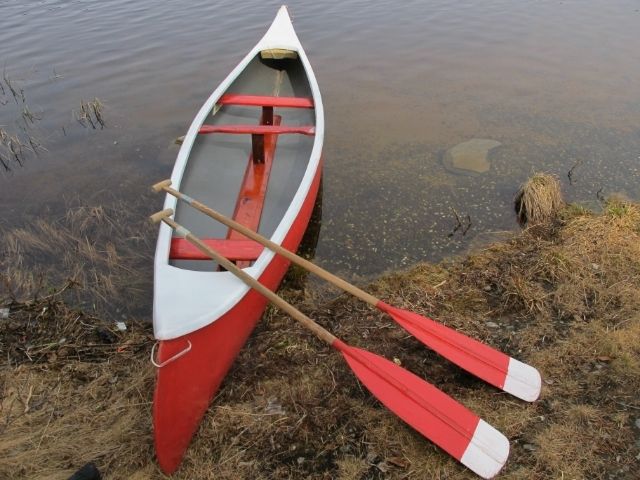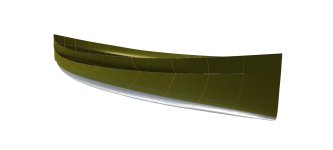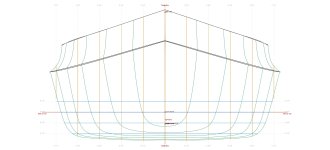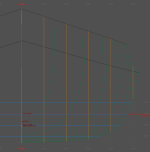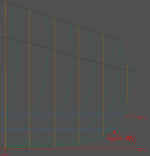No Title
I wasn't able to open your file, it locked up the file every time I tried it.
Huh... Odd. I just downloaded from here to check for issues, and was able to load fine. Did you extract the .ZIP first?
you perhaps because it doesn't respond like other CAD programs.
Not so much CAD, per-se, but modeling programs. Subtle difference. I could provide quite a list of things I don't like about the UI, but the main ones are: no good way to select multiple control points, No on-screen visual feedback scaling, no way to scale around center of selection. Also, you should be able to start with a blank screen and just add a few points, create a curve from them, and you're off. Had to import what I had through a non-standard text file, and even then, It didn't integrate those curves
into the model, it used them as a suggestion for creating a surface the way it wanted to. Oh, well. Back to canoes!
I think the bottom should be rounder with a more gradual transition to the sides.
Think you might be right. Posting an updated picture of what I could do. Keep in mind that, even though I'm experimenting on the computer, I might be modifying an existing set of forms, and the curve shown earlier is what I have built already.
I'll run the hydrostatics tomorrow to see what difference that made, if any.
knuckled tumblehome doesn't have to remain constant from bow to stern, it's normally tapered.
Do you mean in a transverse direction? Or vertically? I'm attaching the "buttock" lines for the latest iteration. The last foot or so of the hull on each end is at full flare, though I could probably ease that out closer to the center.
the boat I'm building now with the sharply shouldered tumblehome.
This was intended to be the one from the "Solo Expedition" build thread, no? I've very much enjoyed that thread - convinced me that a sharp knuckle is do-able in strips.

One of the reasons that my plan has the tumblehome feathered so close to the ends, is I want the gunwale curve to be more sweeping. You have that section near the center that is nearly straight... not quite what I'm going for here.
I need to get offline for a while. Thanks for the feedback!
Luke
